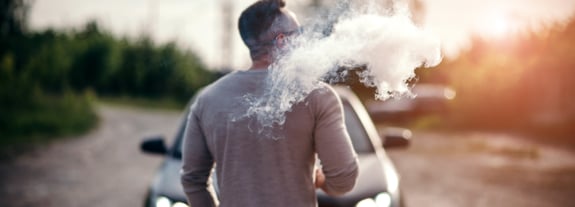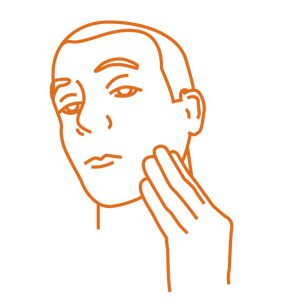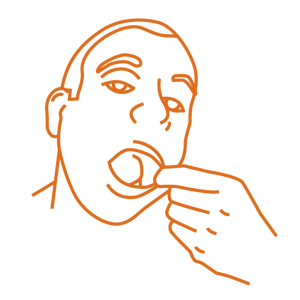
Oral Cancer
Smoking, vaping and smokeless tobacco use can cause many health issues, especially to your mouth. Some of the biggest threats to your oral health are oral cancer and other cancers of the esophagus, pharynx, larynx, stomach and pancreas. According to the National Institute of Dental and Craniofacial Research (NIDCR), “Tobacco use of any kind, including cigarette, pipe and cigar, and electronic cigarette smoking, as well as chewing tobacco and snuff, puts you at risk for developing oral cancers.”
Pre-cancerous oral lesions are some of the clearest signs that you have or are at risk for oral cancer. These lesions appear as sores, lumps or patches in your mouth or throat.
Symptom of oral cancer can include:
- Sores, irritation, lumps or thick patches in your mouth, on your lips or on your throat.
- White or red patches in the mouth.
- A persistent sore throat or feeling like something is stuck in the throat.
- Pain, swelling or bleeding of the mouth or jaw.
- Difficulty moving the jaw or tongue, chewing, swallowing or speaking.
Types of Oral Cancer
There are many types of oral cancers that can affect your mouth and/or throat, but the most common type is squamous cell carcinomas, which make up 90 percent of mouth and throat cancers. Squamous cell carcinomas start on the inner surface of the oral cavity.
Other common oral cancers include basal cell carcinoma that starts in the lips, lymphoma that starts in the lymphatic system and melanomas that start in cells that produce pigment.
Early Detection
Oral cancer spreads quickly, so detecting early can make all the difference. Ask your dentist or dental hygienist to conduct an oral cancer exam — it’s quick and painless. They’ll check out your face, around your entire mouth, your lips and the back of your throat for early signs of cancer.
If you don’t have an upcoming appointment with your dentist, conduct an exam yourself!
If you feel you may have oral lesions or cancer or you may be at risk for them, use our step-by-step guide to perform a self-exam of your mouth.
Oral Cancer Self Exam
Chewing tobacco puts you at risk of oral lesions, oral cancer and other cancers of the esophagus, pharynx, larynx, stomach and pancreas. If you currently chew or have chewed tobacco, take these seven steps to check for any evidence of oral cancer.











